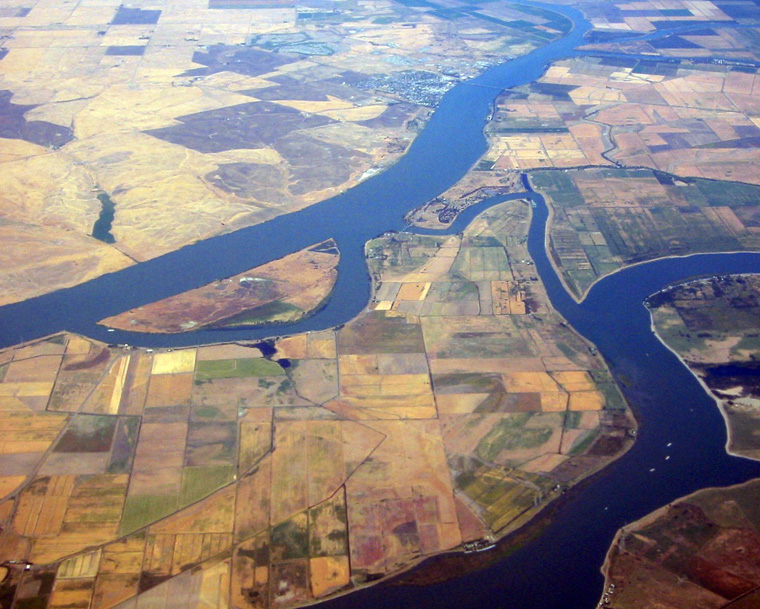
Central Valley growers won’t choose to farm carbon, new study says
Recent research from Santa Clara University and Bowdoin College suggests that new carbon markets won’t entice California farmers into changing from fruit and nut crops to carbon.
California’s cap-and-trade system allows landowners who are able to reduce greenhouse gas emissions—in this case, by planting native forest trees to absorb carbon dioxide--to earn valuable carbon credits. The credits must be bought by greenhouse gas emitters like power plants, if they are unable to cap their emissions below California’s strict standard. This market-based mechanism allows industries flexibility in adapting to the lower emissions standards by choosing either to lower their own emissions or to incentivize other economic actors, such as forest landowners, to make up the difference. Conservationists have high hopes that the state’s flora and fauna will also benefit from the increased land area put into habitat.
However, the market only works if people are willing to participate. Researchers Virginia Matzek (Dept of Environmental Studies and Sciences, SCU) and Erik Nelson (Dept of Economics, Bowdoin College) modeled the economic returns from growing several crops on Central Valley floodplain soils—walnuts, almonds, prunes, hay, or native forest (carbon)—for 100 years into the future. They found that the likelihood that a farmer would find it economically beneficial to switch to native forest habitat from one of the traditional commodities was very small: only about a 4% chance under current assumptions. Even in scenarios where they assumed future policy or economic changes that were more favorable to carbon farming, the likelihood never rose above 18.5% on average.
The results help explain why few landowners have registered projects to earn credits in the reforestation sector of the U.S. carbon market: carbon is too cheap. The scientists found that the price of a carbon credit would have to increase almost a hundredfold to make native forest plantings compete economically with commercial crops.
Nelson and Matzek also found that the farmers’ net returns were more responsive to hypothetical changes to the cost of farming than they were to policy measures that could be implemented by the Air Resources Board, the agency in charge of implementing the state’s greenhouse gas emissions reduction laws. They conclude that there is little that can happen on a policy front to entice commercial nut or fruit growers into the market. However, they suggest that carbon credits might still find takers among those who are drawn by the social, rather than economic, rewards; or among ranchers whose lands have lower agricultural potential than the floodplains where commercial orchards reside.
The full text of the paper can be viewed at this site. This research was funded by USDA grant #CALW-2012-00882 (Matzek) and by Lund University’s BECC strategic research area (Nelson).

|

|